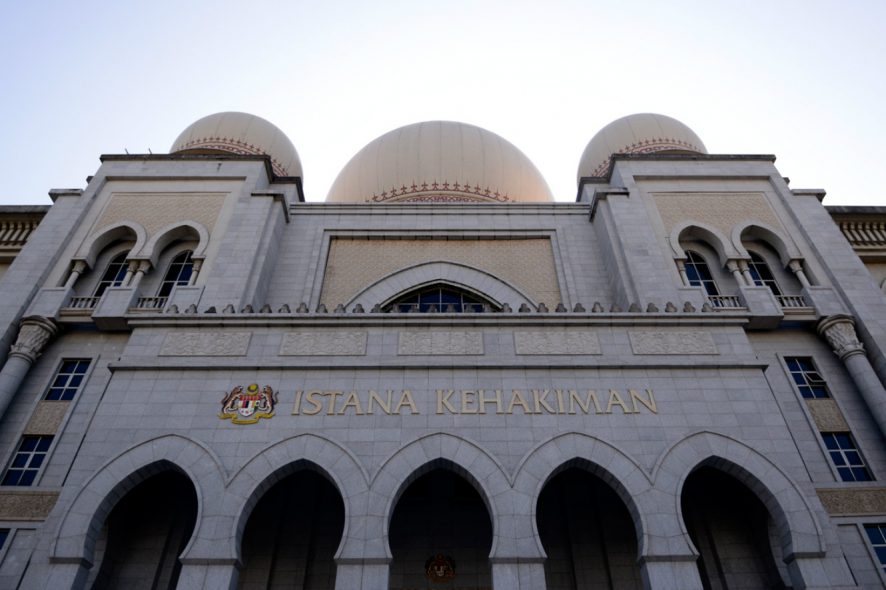Malaysia Court of Appeal: A Full Bench of Mohtarudin Baki, Ahmadi Haji Asnawi, Abdul Rahman Sebli, JCA dismissed an appeal made against three incriminating offences and upheld the decision made by the High Court of Malaysia,
The appellant was interrogated by the Superintendent of Police. He and his team were directed by the appellant to a place behind a steel cupboard at the temple where the drug, the firearm and the ammunition were discovered. The information that the appellant gave under Section 27 of the Evidence Act 1950, was that he kept the three incriminating exhibits at the temple. However the appellant denied this testimony and pleaded that it was the police themselves who found all the above things, and they were not discovered as a result of information given by him. Section 27 of the Evidence Act 1950, provides that “When any fact is deposed to as discovered in consequence of information received from a person accused of any offence in the custody of a police officer, so much of that information, whether the information amounts to a confession or not, as relates distinctly to the fact thereby discovered may be proved.” High Court ruled that a prima facie case had been established against the appellant in respect of all the above three charges, because all the above things were found as a result of information given by the appellant. Aggrieved appellant filed the appeal before the Court in respect of conviction and sentence regarding all three charges.
Appellant denied the testimony of Superintendent of Police that he pointed towards the steel cupboard where the incriminating exhibits were found. He claimed that when the police conducted a search at the temple premises, he remained in the police car with a policeman and was brought to the temple premises only to be photographed beside the steel cupboard. He also claimed that High Court had not given a maximum evaluation to the prosecution’s evidence and his explanation and had made an error in ruling that his witnesses were not credible and had made a wrong finding on exhibits seized.
This Court pointed out that the High Court had carefully analyzed the prosecution’s evidence and had correctly applied the law to the facts and had provided careful analysis of the appellant’s explanation and the judge was mindful of his duty under Section 182 A(1) of the Criminal Procedure Code, 1935 and had sufficiently considered the defence put up by the appellant before finding him guilty of the offences charged. Court placed reliance on the decision of Supreme Court of India in Prakash Chand v. State, (1979) 3 SCC 90 where it was held that “where an accused person pointed out the place where stolen articles or weapon which might have been used in the commission of the offence were found hidden, the same would be admissible as conduct, under Section 8 of the Evidence Act 1872.”
The Court dismissed the appellant’s appeal and affirmed the decision of the High Court and held that there was no merit in the complaint and there was absolutely no basis to find that the High Court had not seen and heard the witnesses or explanations made by the appellant.[Prabhagaran A/L Kegobalu v. Public Prosecutor, 2019 SCC OnLine MYCA 2, decided on 11-06-2019]








Great reading and extremely comprehensive post – pretty much covers everything…